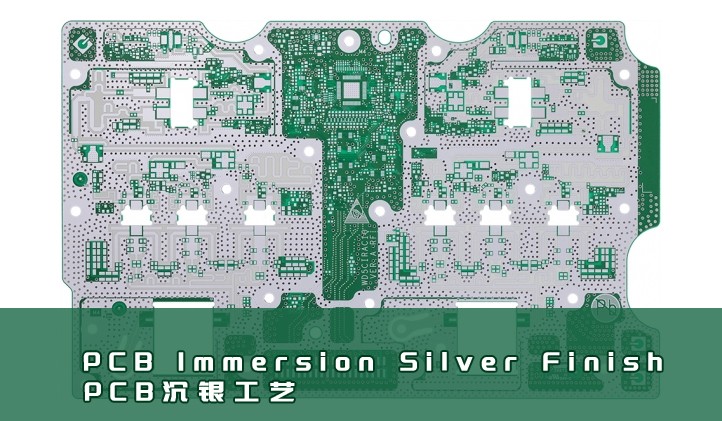Why Is the Immersion Silver Finish Less Frequently Seen?

Immersion silver is a surface finish used in the PCB manufacturing process. It involves a chemical displacement reaction that deposits a very thin layer of pure silver (typically 0.1–0.4 μm) onto the copper pads to protect the copper surface and ensure excellent solderability. However, compared to more common surface finishes such as HASL, ENIG, or OSP, immersion silver is used less frequently. The main reasons are as follows:
1,Prone to oxidation and contamination: Due to the nature of silver, the surface is more susceptible to contamination from fingerprints, perspiration, or sulfur compounds. In humid environments, the silver layer can easily oxidize and discolor, which may negatively impact soldering quality and reliability.
2,Shorter shelf life: Compared to ENIG or HASL finishes, immersion silver typically has a shorter shelf life—usually around 3 to 6 months. It also requires stricter conditions for handling, packaging, and storage, which increases complexity in process control.
In conclusion, although immersion silver offers advantages in high-frequency signal transmission, superior electrical performance, and lead-free environmental compliance, its sensitivity to environmental factors, oxidation issues, and limited shelf life restrict its widespread adoption in PCB production. As a result, it is less commonly used than ENIG or HASL.

